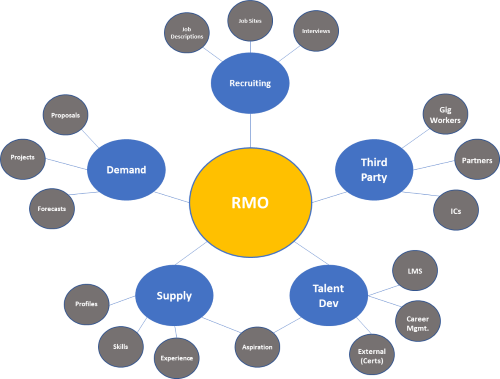In a prior edition of our newsletter, PS Insights, we touched on the trends of a tight labor market and rising turnover. Months later, these trends are confirmed, and the data is backing it up. Many tech giants in the industry are reporting significant annualized increases in attrition, many in the low to mid twenty percent range. To add to the daunting outlook, Microsoft’s Work Trend Index shows that 41% of the global workforce are considering a job change in the next year. The good news is that services demand is up, but we have to really reckon with the current challenge of finding, and keeping, good people.
Over 60 years ago, a businessman named Malcolm McLean patented and put into use the first commercially viable intermodal shipping container. The rest, as they say, is history. Simple said, it revolutionized the shipping industry. A cargo ship that used to take three weeks to load or unload now can be done in less than 24 hours. Today, 90% of all goods shipped are done with these containers.
What does this have to do with people and our business? The parallel is that containers are analogous to our people and their information, and technology is the enabler for moving our people around.
When thinking about containerization of people (information), we first challenge you to think big before acting incrementally. We have information about our people all over the place, and for a variety of reasons… staffing, recruiting, training, selling, etc. The People Context diagram below shows the variety of areas and the forms in which we use information about people.

In all these areas, we are defining and capturing attributes and information of a person – a resource. While each area may require some context specific data, much of the information we want to know and share is common. This is the part where we recommend thinking big. Look at the whole context of information and develop some standards for normalizing information. Implementing all of this change will take time, and that is why we recommend acting incrementally once you have an overall strategy and people data design.
It won’t be easy, and it will break some of the normative thinking that we have become accustom to, but if we can containerize our people information, we can:
- Enable technology to become our ships, trains, and trucks
- Create more frictionless ‘interfaces’ to systems and ecosystems
- Reduce the cost and time associated with sourcing and staffing people
The result is we gain greater speed and agility in getting the right people deployed in a timely manner to meet our ever-changing demand.
